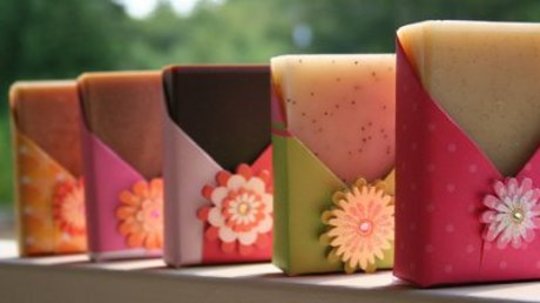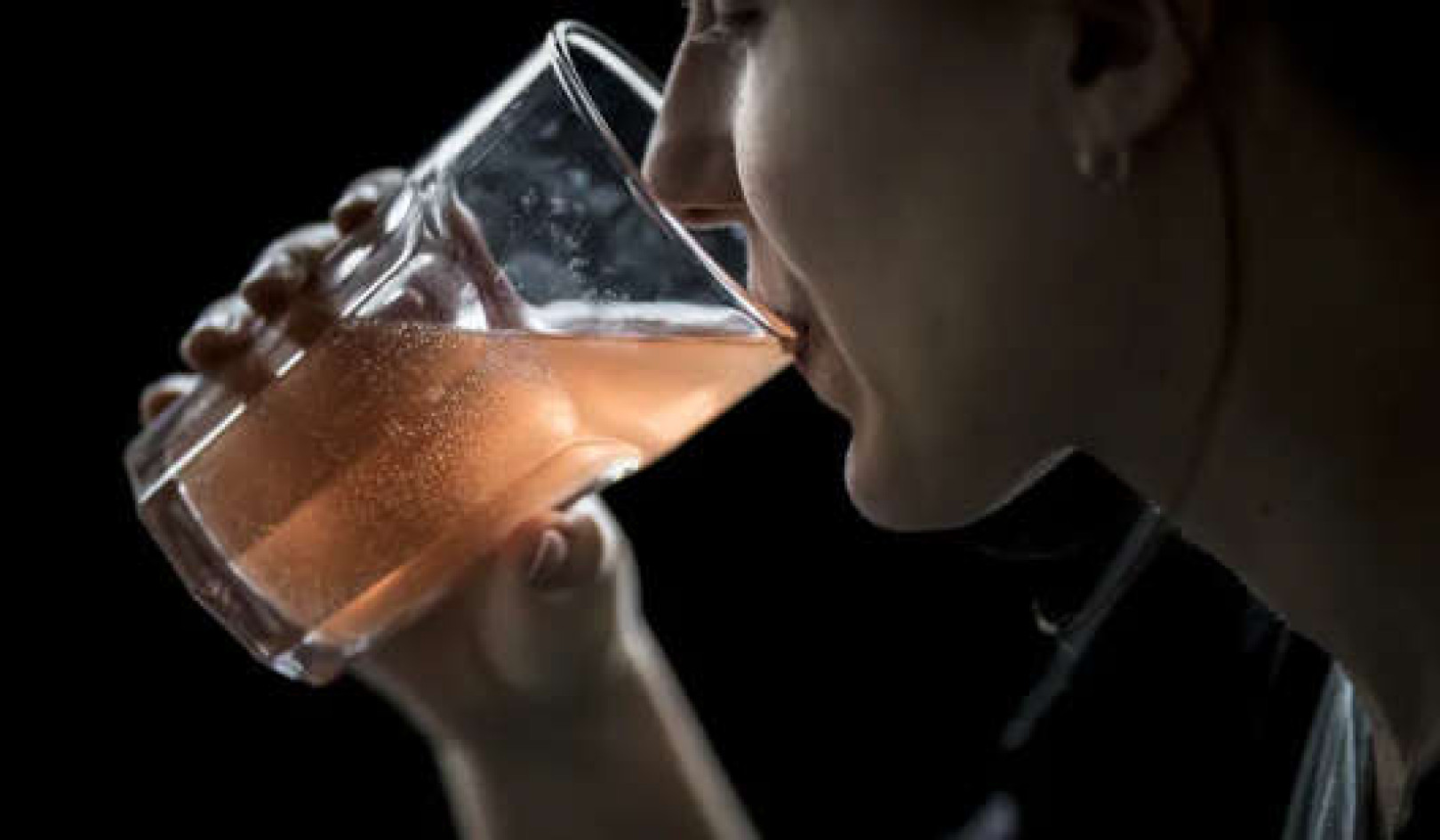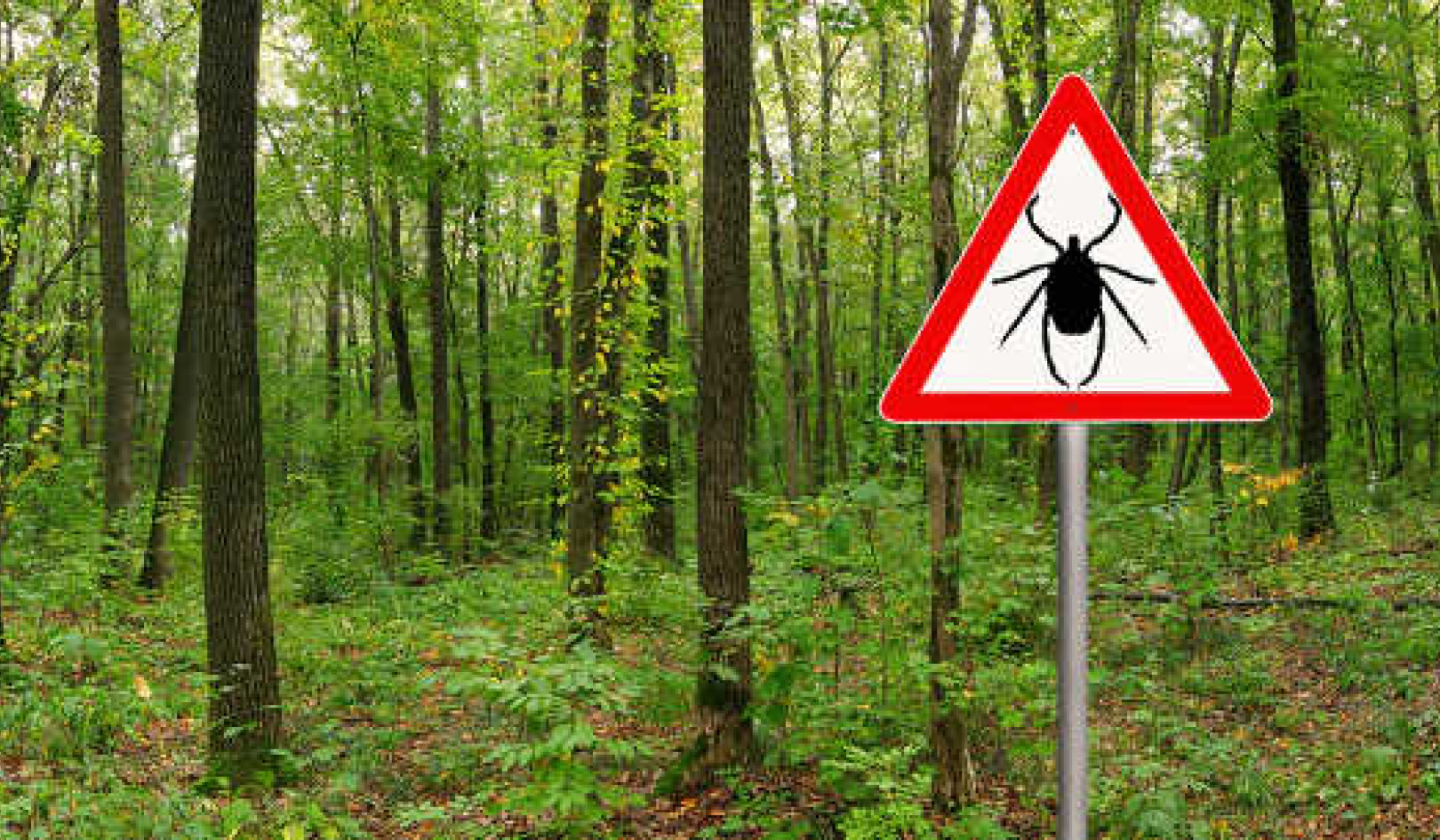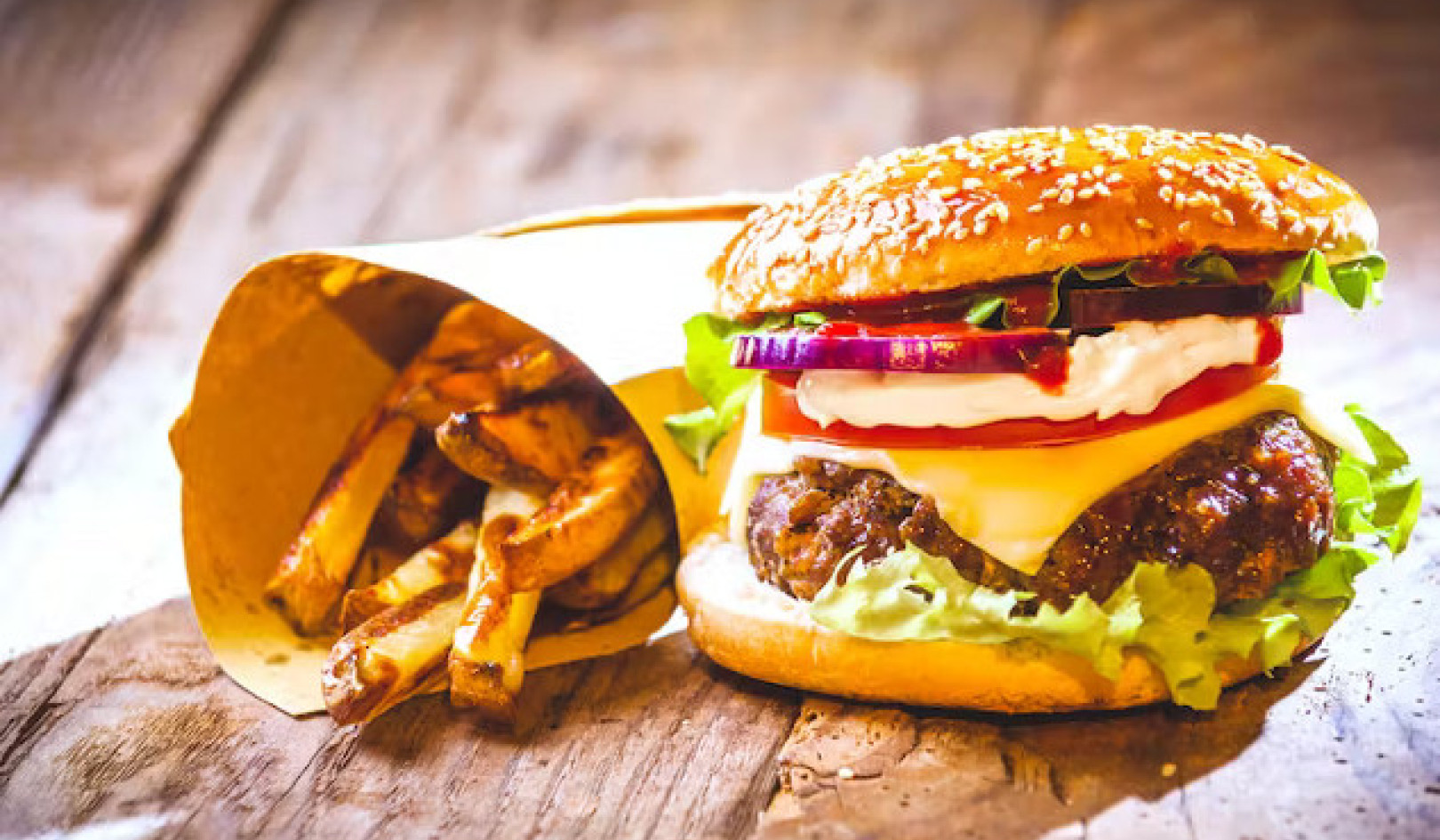Go into any bath and body store and you are sure to find soaps in a huge variety of scents, fragrances, colors, types, sizes, shapes and price ranges. How are these soaps different from the nationally advertised brand name soaps? How are they different from each other? What really makes a soap a "good" soap?
The first thing most people do when seeking the perfect lathery bar is to hold it to their nose and breathe deep. Apparently, the most important thing to most people is fragrance. But there is more to soap than just scent. The base is an important aspect of any soap that consumers know little about.
Natural soaps can help alleviate problem teenage skin;
stimulate and wake you in the morning;
help scent you for a relaxing romantic interlude
and also help in cellulite treatment.
First a little background: As you may know, very few companies make their own soap. In fact, virtually all famous brand name soaps, hotel soaps, teddy bear soaps, fruit soaps, glycerin soaps, aromatherapy soaps, etc. on the market are made by just five independent soap makers who "private label" for hundreds of different companies. So if you want to find out everything there is to know about "Made in America" soap, there are only a few key people with which to talk. Of those five independent American soap makers, only three actually make their own soap base. This means that many soaps, despite all their apparent differences in color, fragrance and packaging, share exactly the same base. In the "natural" products industry, more and more individuals are making their own soaps and soap base.
Making Soap
Saponification is the process of making a soap base by mixing fat with an alkali. In the old days, soap makers used the ashes of plants like the Soapwort and Barilla for their alkali. But ever since Nicolas Leblanc figured out how to synthesize the active ingredient, sodium hydroxide (a.k.a. lye), in the late 18th Century in France, that's what everyone's been using.
Get The Latest By Email
When it comes to which fat or oil to use, however, there are still lots of options: saturated, unsaturated, poly, mono, animal, and vegetable. Most soaps are made from a tallow base (that's right, animal fat... whence comes the expression soap rendering). It doesn't matter how many flowers are on the package, or even how transparent the bar is, unless it specifically says "vegetable base", it's probably tallow.
People have been using tallow for soap ever since Phoenicians boiled goat fat with wood ashes about 2,500 years ago. The first solid soap bar was made in the Middle East around the 8th Century. Today, tallow still is used as a base for soap and it is cheap.
What's In Soap?
We have a preference, aesthetic and otherwise, for soaps with a vegetable-base. Baudelaire prefers a blend of 80% palm oil and 20% coconut oil, but other soap makers use combinations that contain olive oil and/or other vegetable oils. The base for true Castile soaps, for example, is primarily olive oil made in the Castile region of Spain. Be cautious, some soap makers label their soaps as Castile though they are not actually a TRUE Castile soap from the Castile region nor are they an olive-oil based soap.
Here's a little known fact: you don't have to add glycerin to make a glycerin soap base. You have to leave it in! When fat is mixed with lye, this chemical reaction creates about 93% soap and 7% glycerin. Usually, all but about 1/2% of that glycerin is removed. In a glycerin soap, it's left in, and occasionally more is added — generally from tallow soap makers to bring the level up to around 10%.
After saponification, some soap makers add an additional oil or fat (often lanolin) to the soap base. This creates what is called a superfatted soap.
Once the saponification process is complete, most soap base is dried into a powder; or, occasionally, a flaky substance. The powder or flakes lie around in big bags, waiting to be mixed with some fragrance, color, preservatives, anti-oxidants, secret ingredients, or whatever the soap maker will be adding to create the final product. The ingredients get macerated, squeezed, rolled, chopped, milled and, finally squished (a.k.a. extruded) into the long tube of soap! A soap's longevity depends not only on the base, but also on how it's milled and dried. It is then sliced, molded and wrapped to produce the final bar of soap.
The only difference between some "natural" soaps and soaps you buy at the supermarket are packaging and a vegetable base. Many contain synthetic fragrance oils, artificial coloring and preservatives. Many call themselves "Aromatherapy" simply because they contain fragrance. A true aromatherapy soap is one that has therapeutic value, meaning it is of a vegetable base, contains no artificial coloring and the fragrance and therapy comes from pure, therapeutic quality essential oils from plants which have not been standardized. Of course, only some of this information is on the label, and if you call many soap companies, they will not know if they are using pure essential oils, if the oils have been standardized, or even if the oils come from plants.
We recently contacted a soap company which advertised all natural, nothing artificial on its product information and label. They claimed to be using pure, high-quality essential oils. Yet when they told us they were paying approximately $12-20 for a Kilo of what was sold to them as Lavender oil, it was clear that they were mistaken. No one is knowingly selling 100% therapeutic quality Lavender (Lavandula angustifolia) oil for $12-20 a Kilo. Lavender-terpene free, a good Lavender essential oil for soap, costs $125 a Kilo. Lavender 40-42 which is a standardized semi-synthetic oil is about $45 a Kilo. True Lavandula angustifolia is $200 a Kilo and up.
Making It Naturally
The best way to make soap is to mix the vegetable oils and lye at perfectly controlled temperatures, then add pure essential oil, 8 ounces to every 32-35 pounds of soap base. The soap should then be poured, aged and cut. No preservatives or synthetic fragrances should be added. The result will be a pure, natural and therapeutic soap.
Due to the high essential oil content per bar of soap, every wash gives you approximately 1 drop of pure essential oil in a way that is therapeutic to the skin. For a genuine aromatherapy treatment for acne, irritations or skin that is too dry or oily, this lathering is followed by an aromatherapy lotion or bath oil containing the appropriate essential oils.
Natural soaps can help alleviate problem teenage skin; stimulate and wake you in the morning; help scent you for a relaxing romantic interlude and also help in cellulite treatment. These types of soap make for a great way to treat the body naturally. It is recommended that you seek out and inquire about the soaps you are using and make an effort to locate a natural, vegetable based soap bar. Your body will be glad you did.
Book by this Author
Jeanne Rose: Herbal Body Book: The Herbal Way to Natural Beauty & Health for Men & Women
by Jeanne Rose.
 Jeanne Rose's Herbal Body Book pairs a wide variety of ailments with possible plant cures. Each plant recommended is described in anecdotal detail. This book includes recipes for the newcomer and expert. It also includes a glossary of specialized terms, herbs, and recipes. Everything you need from hair products to belly salve for a pregnant woman is inside this most useful companion. Jeanne Rose encourages the reader to make your own blend of herbs to target specific conditions and not only follow a limited number of recipes.
Jeanne Rose's Herbal Body Book pairs a wide variety of ailments with possible plant cures. Each plant recommended is described in anecdotal detail. This book includes recipes for the newcomer and expert. It also includes a glossary of specialized terms, herbs, and recipes. Everything you need from hair products to belly salve for a pregnant woman is inside this most useful companion. Jeanne Rose encourages the reader to make your own blend of herbs to target specific conditions and not only follow a limited number of recipes.
About The Author
The above was adapted in part from "Baudelaire" February 1991 Newsletter. For more information on natural soap contact: Wood Spirit Herb Shop: 513-663-4327. The above was reprinted with permission from Jeanne Rose Aromatherapy, 219 Carol St., San Francisco CA 94117. Visit her website at www.jeannerose.net.









